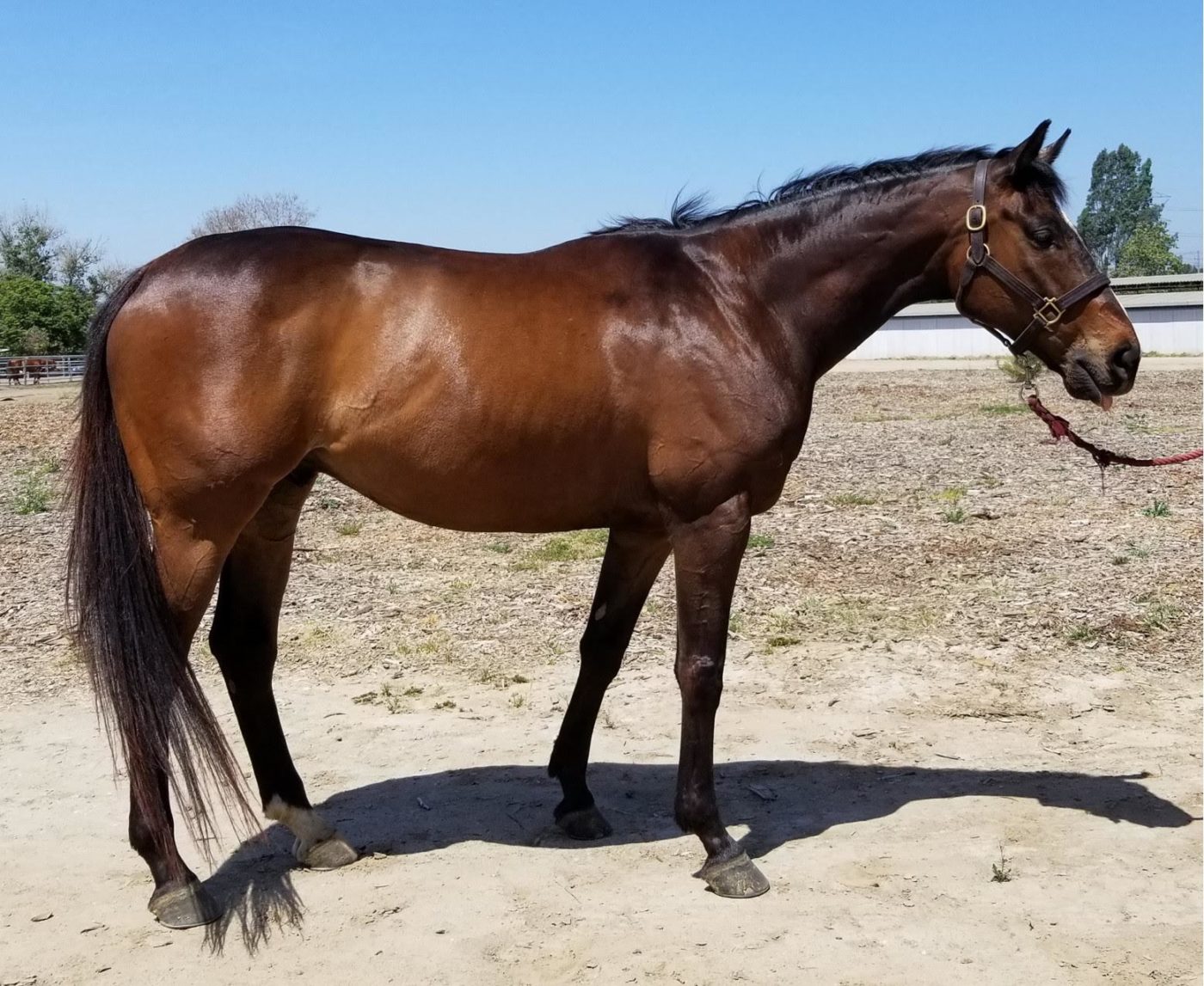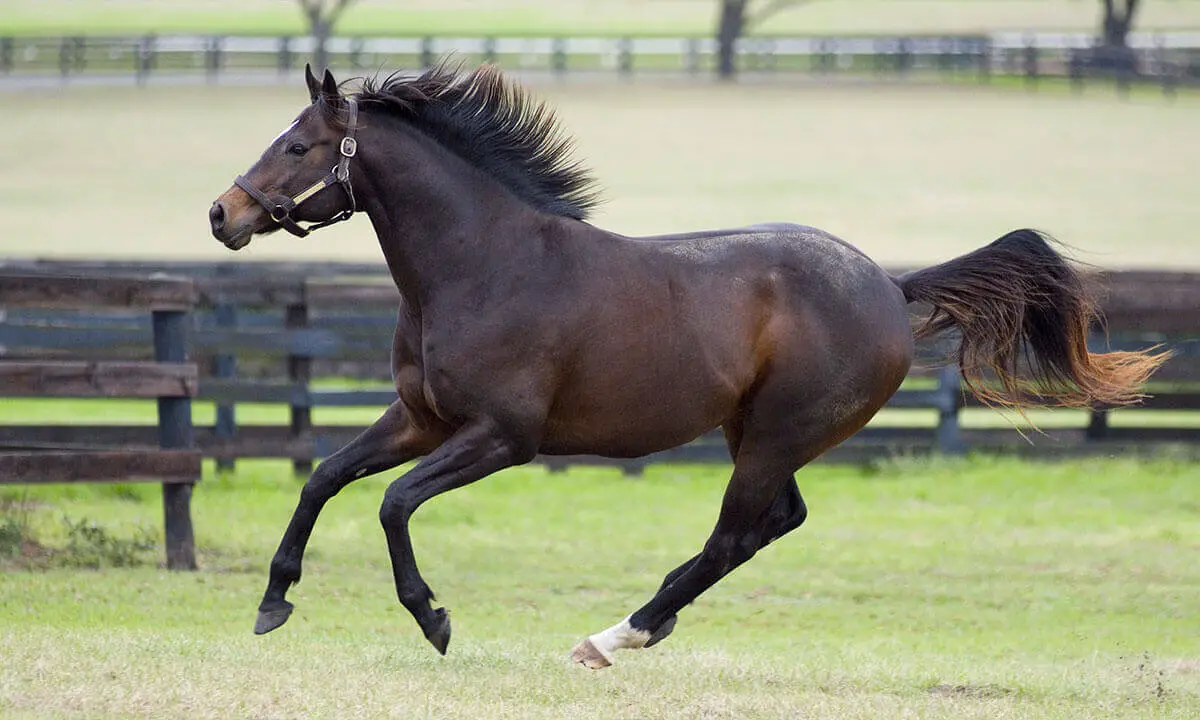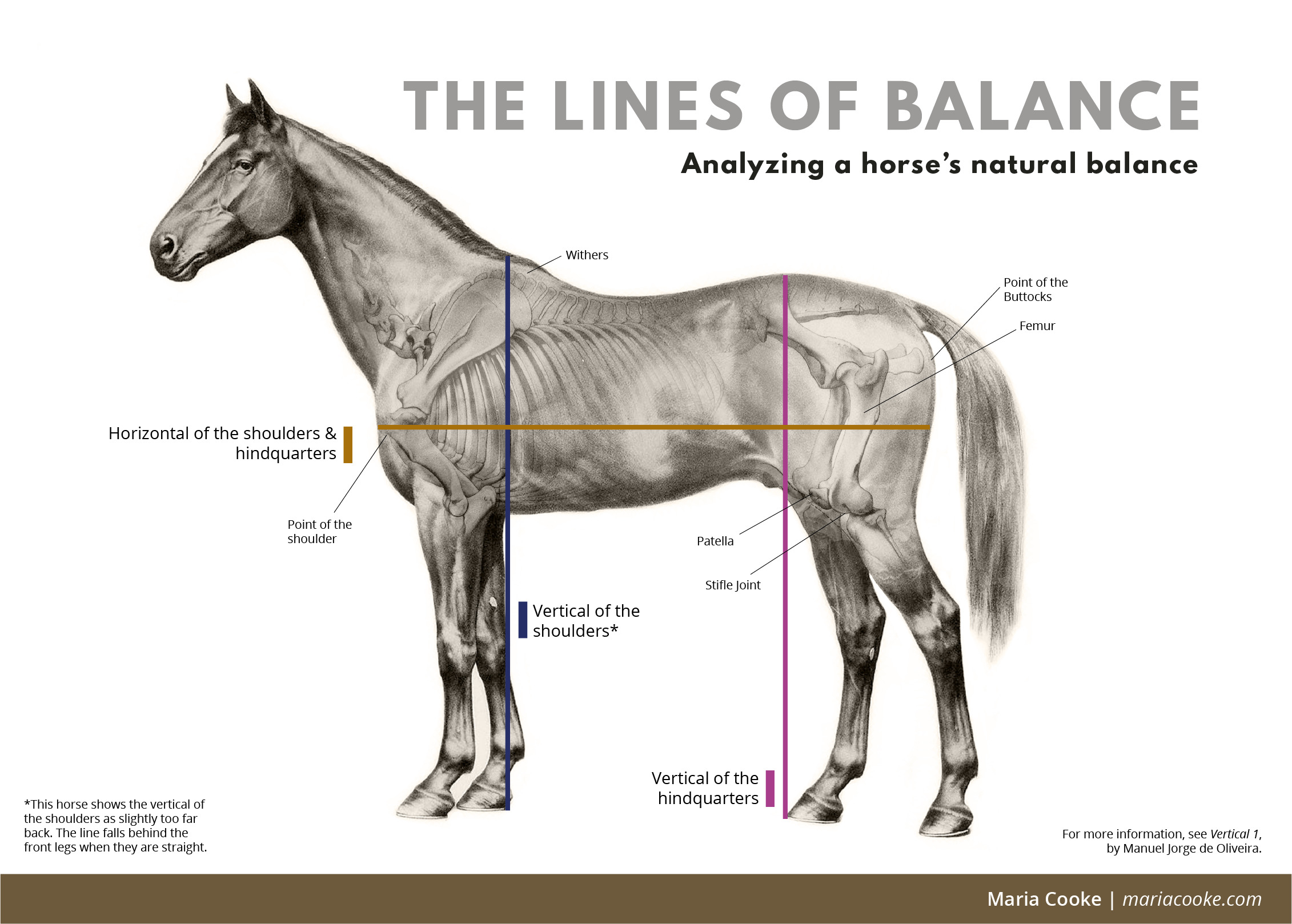If you are a horse enthusiast, you may have come across the term “OTTB” in the equestrian world. OTTB stands for “Off-The-Track Thoroughbred,” and these horses have gained popularity for their versatility and potential in various disciplines. In this article, we will delve into what an OTTB horse is, their background, characteristics, and the process of transitioning them from the racetrack to a new career.
What Is an OTTB Horse?

An OTTB horse refers to a Thoroughbred that has retired from the racing industry and is transitioning to a new career outside of the track. Thoroughbreds are known for their speed, athleticism, and competitive spirit, making them a popular choice for racing. However, not all Thoroughbreds have successful racing careers, and many retire from the track at a relatively young age. These retired racehorses, known as OTTBs, often seek second careers in disciplines such as eventing, show jumping, dressage, and trail riding.
Background of OTTBs
Thoroughbred racing has a rich history that dates back centuries, with the breed originating in England in the 17th century. Over the years, Thoroughbreds have been selectively bred for speed and agility, resulting in a horse that excels in the sport of horse racing. However, not every Thoroughbred is cut out for the rigors of the racetrack, and some may not have the necessary competitive drive or physical capabilities to succeed in racing. As a result, many Thoroughbreds retire from racing at a relatively young age, typically between the ages of three and six.
Characteristics of OTTBs
OTTBs are known for their athleticism, intelligence, and spirited nature. Years of training and conditioning on the racetrack instill in them a strong work ethic and a desire to perform. Physically, Thoroughbreds are typically tall, lean, and elegant, with powerful hindquarters and a well-defined musculature. Their conformation is well-suited for speed and agility, making them well-equipped for a variety of equestrian disciplines.
Transitioning from the Racetrack

Transitioning an OTTB from the racetrack to a new career requires time, patience, and careful consideration. These horses have spent their early years in a highly regimented environment, where their focus was primarily on training and racing. As such, they may require a period of adjustment to adapt to a more relaxed lifestyle and the demands of a new discipline.
Retraining Process
The process of retraining an OTTB involves gradually introducing them to new experiences and building a foundation for their future career. This may include basic flatwork, introduction to jumping, and exposure to different environments such as trails and arenas. Establishing a solid groundwork in flatwork is crucial for developing balance, suppleness, and responsiveness in the horse, laying the groundwork for more advanced training.
Challenges and Rewards
While transitioning an OTTB can be a rewarding experience, it also comes with its challenges. These horses may have ingrained habits and behaviors from their time on the racetrack, such as a high energy level, a strong desire to run, and a competitive mindset. Patience, consistency, and understanding are key in helping them adjust to a new way of life and develop trust and confidence in their new role.
Training and Discipline

Once an OTTB has successfully transitioned from the racetrack, they can excel in a wide range of equestrian disciplines. Their athleticism, agility, and willingness to work make them well-suited for activities such as eventing, show jumping, dressage, and even pleasure riding. With the right training and guidance, OTTBs can become competitive partners in their new careers, showcasing their versatility and potential.
Eventing
Eventing is a demanding and thrilling discipline that combines the elements of dressage, show jumping, and cross-country riding. OTTBs are well-regarded in the eventing world for their speed, endurance, and boldness on cross-country courses. Their natural athleticism and willingness to tackle challenging obstacles make them well-suited for the rigors of eventing competition.
Show Jumping
Show jumping requires precision, agility, and power, and OTTBs often excel in this discipline. Their athleticism and ability to think quickly and adjust their stride make them formidable competitors in the show ring. With proper training and guidance, OTTBs can develop into successful show jumpers, navigating courses with finesse and confidence.
Dressage
Dressage, often referred to as “horse ballet,” emphasizes harmony, balance, and suppleness in the horse’s movement. While Thoroughbreds may be best known for their speed, they can also excel in the discipline of dressage. With consistent training and attention to developing their strength and flexibility, OTTBs can showcase their elegance and grace in the dressage arena.
Trail Riding and Pleasure Riding
Not all OTTBs need to pursue competitive careers. Many retired racehorses find fulfillment in the simplicity of trail riding and pleasure riding. Their athleticism and forward-going nature make them enjoyable partners for leisurely rides through the countryside or adventurous trail outings.
Curious about different horse breeds? While you may have heard of OTTB horses, you might also be interested in learning about KWPN horses, Cob horses, and POA horses. Each breed has its own unique characteristics and history, making the world of equine breeds a fascinating topic to explore.
Conclusion

In conclusion, OTTBs represent a unique and promising prospect for equestrians seeking a talented and versatile equine partner. Their backgrounds as racehorses instill in them a strong work ethic, athleticism, and a competitive drive that can be harnessed for success in a variety of disciplines. With the right approach to their transition from the racetrack and ongoing training, OTTBs have the potential to shine in their new careers, showcasing the enduring spirit and adaptability of the Thoroughbred breed. Whether in the thrill of eventing, the precision of show jumping, the elegance of dressage, or the simplicity of trail riding, OTTBs offer a rewarding journey for both horse and rider.



